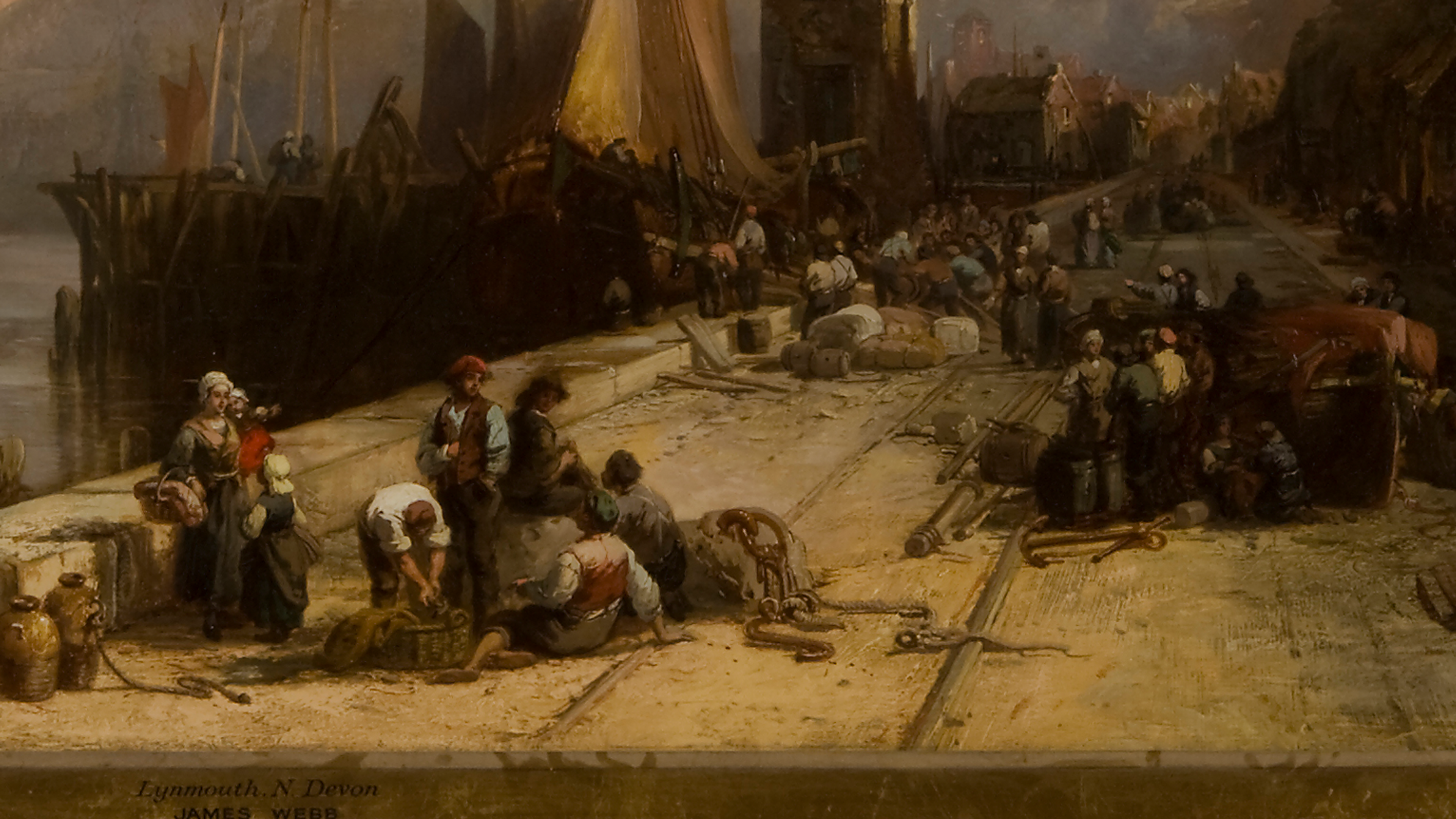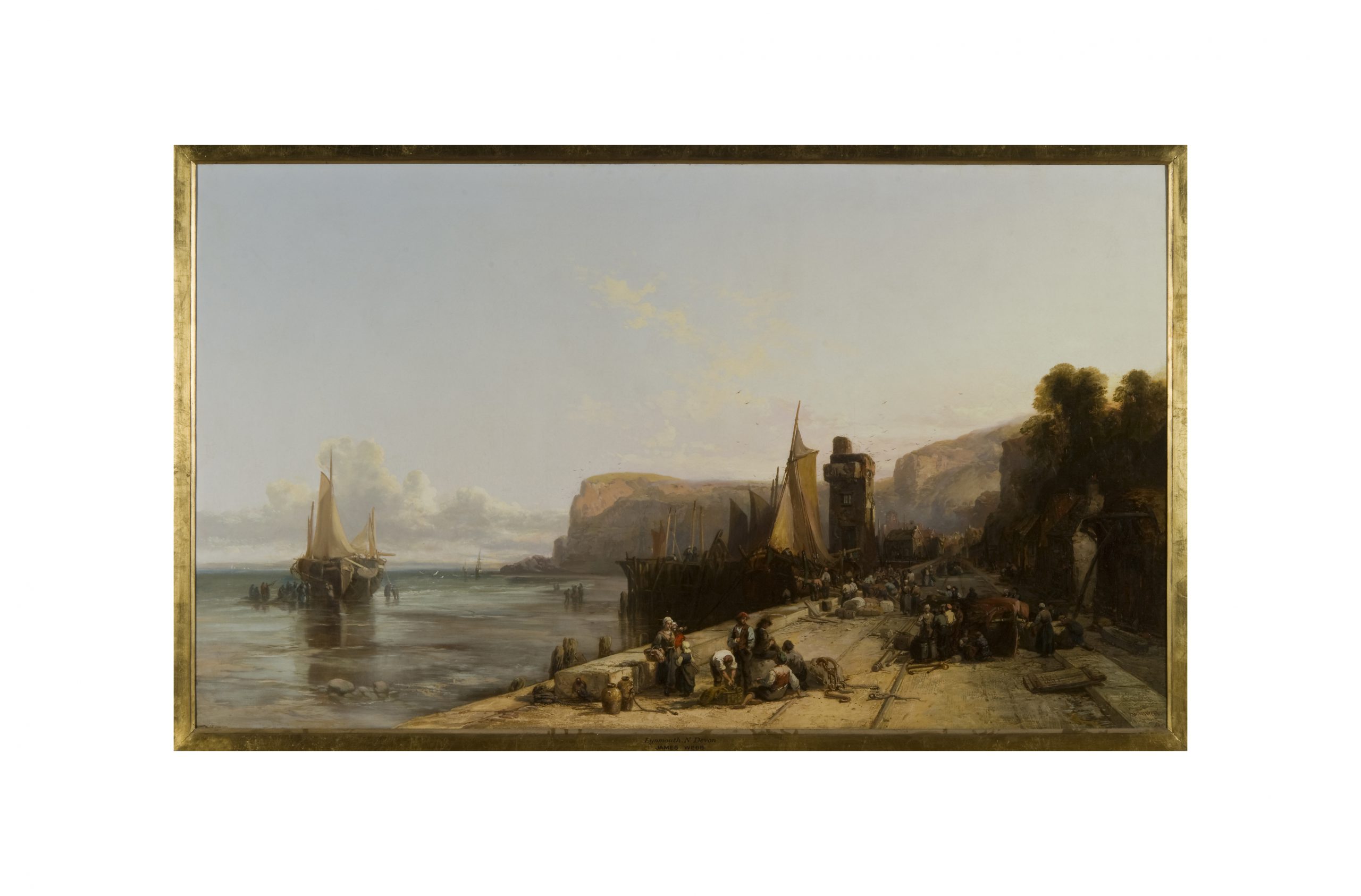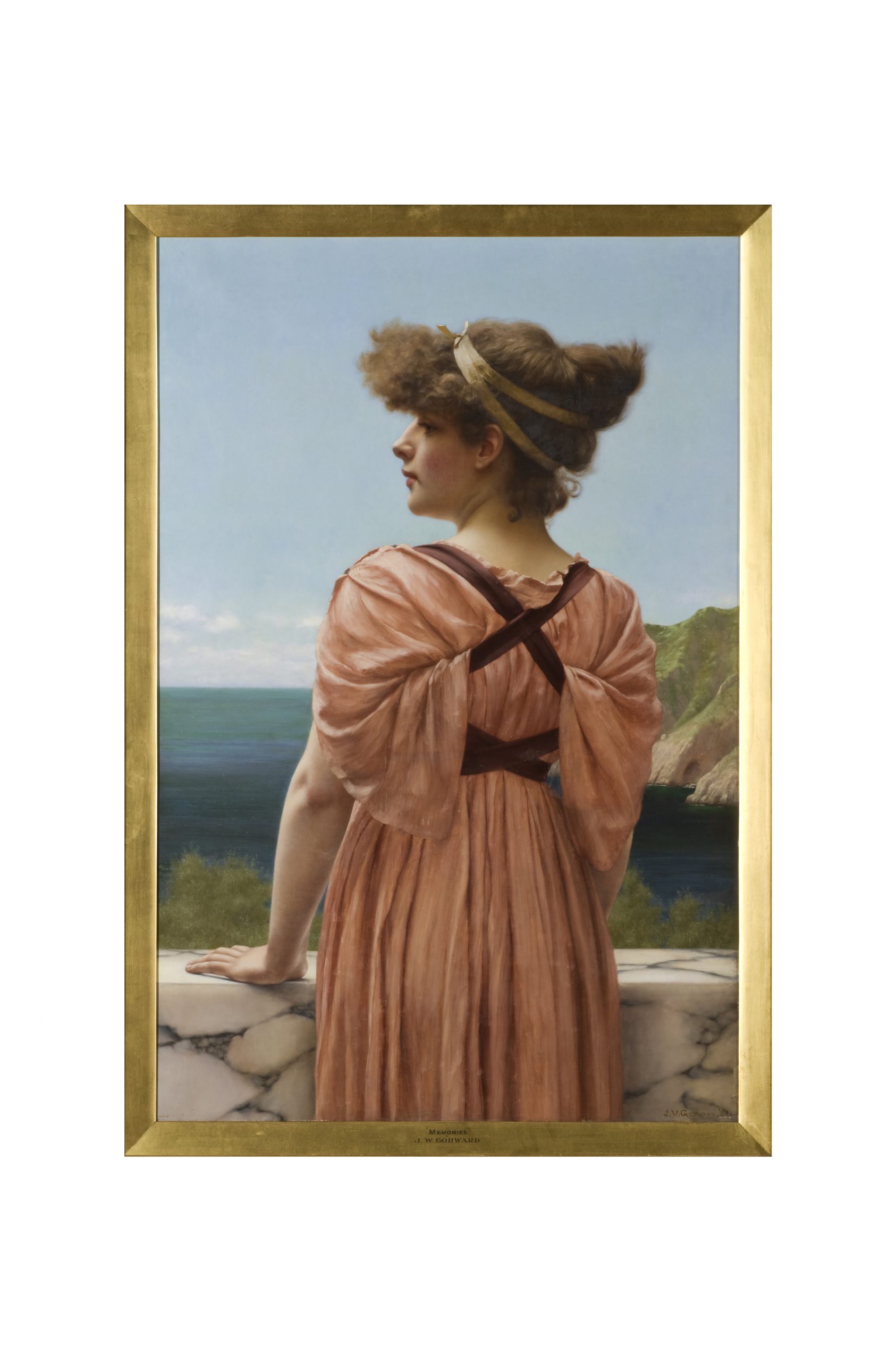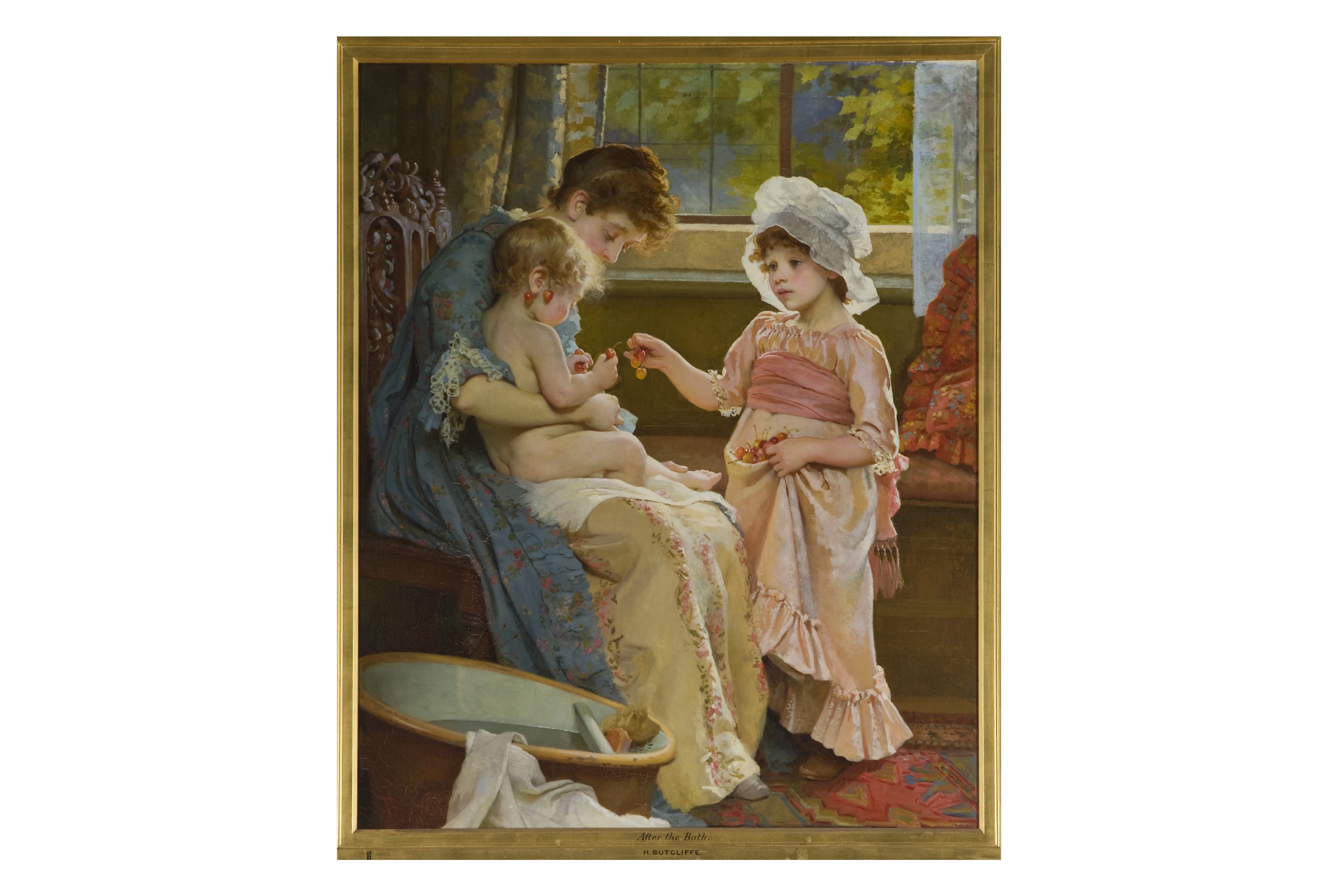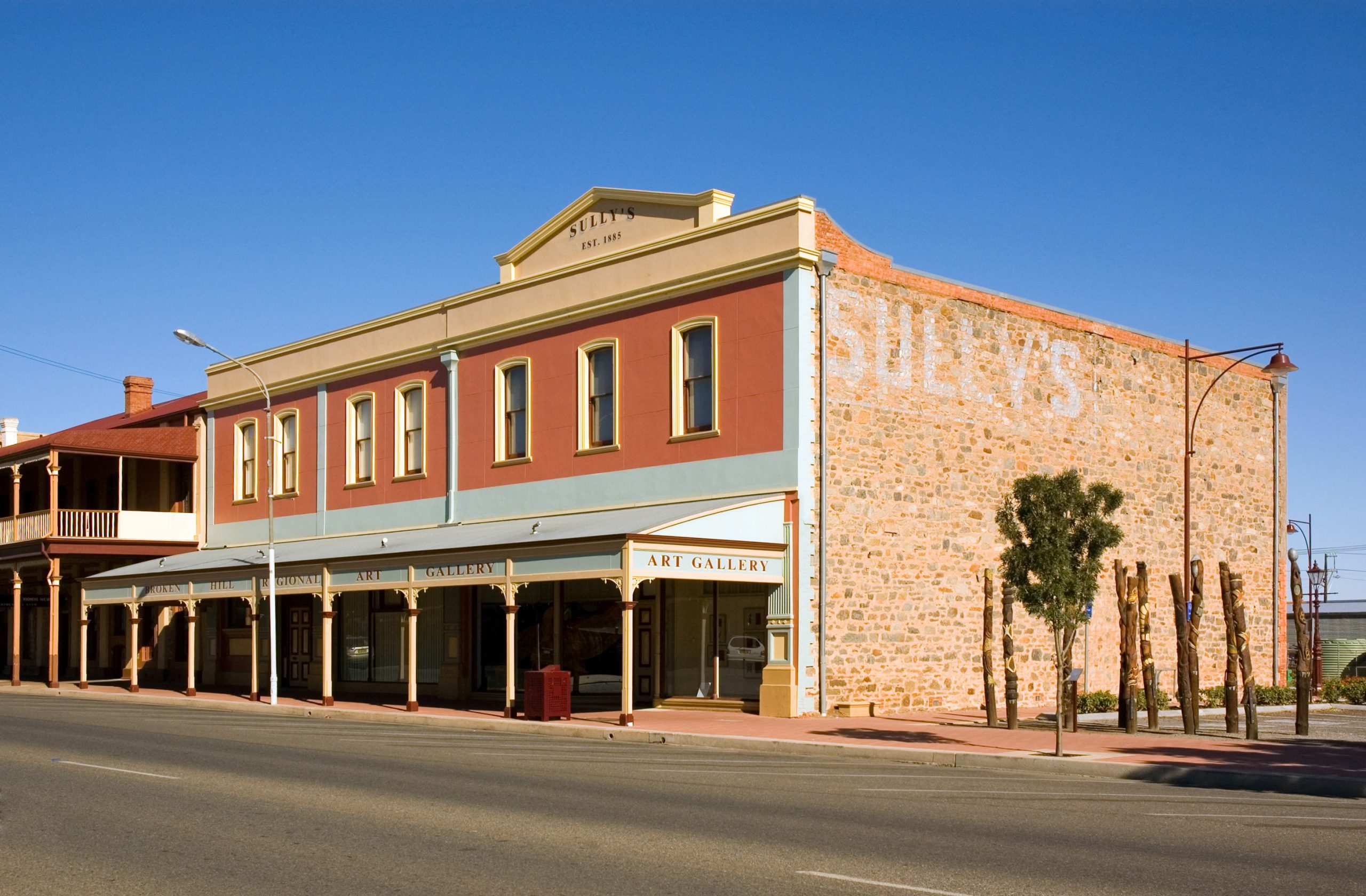A Canny Risk
The Legacy of Good Fortune
In 1883 Scottish migrant George McCulloch (1848-1907) took a risk on a rocky field on the Mount Gipps sheep station he managed. The risk paid off and within a few years he had founded the Broken Hill Proprietary Company (BHP). George left Broken Hill soon after he made his fortune, but he never forgot his colonial roots. In 1904 he donated three oil paintings to the town, laying the foundations of the collection of NSW’s oldest regional gallery, now known as Broken Hill Regional Art Gallery.
George was born and educated in Scotland. After attending Glasgow’s Andersonian University he traveled to South America and worked as a pastoralist with his brother. He then returned to Scotland where he lived until the 1870s when he was asked to manage his uncle’s Mount Gipps sheep station near Broken Hill.
The station had an area of 540,000 acres, and the mineral finds at nearby Silverton meant that laying a claim on the land by fossickers was always a concern for George. He was surprised and annoyed when his boundary rider Charles Rasp visited him in 1883 to tell him that he and two of his other workers had pegged out a forty-acre claim in the paddock known as Broken Hill.
Luckily George was practical enough to suggest that he and his workers form a syndicate and explore the potential of the land. After he offered to let the men draw on their wages to sustain the venture, George McCulloch, Charles Rasp, David James, James Poole, Phillip Charley, George Urquhart and George Lind came together to form what became known as the Syndicate of Seven.
The area was susceptible to drought, which made the ground hard to sink shafts into. It was more than a year before anything other than surface prospecting occurred in the paddock. Many of the original shareholders cashed out as time passed, unable to sustain the costs.
In 1884 Geologist Norman Taylor found the land to be rich in silver, zinc copper and iron and the men registered the Broken Hill Mining Company. It wasn’t until 1885 when assaying showed ore that was 800-ounces of silver to the ton that the remaining men could relax, their gamble was about to pay off.


